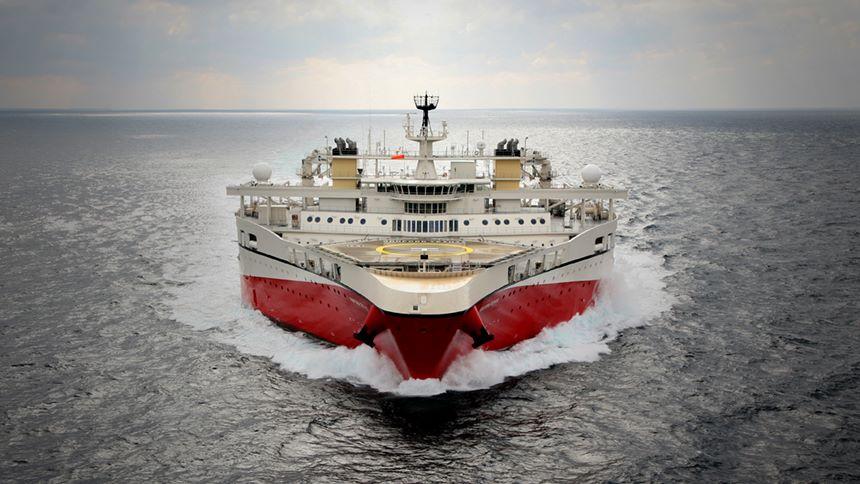Automation = Enhanced reliability + financial strenght
2022/03/24

Ramformtethys 860x484px rgb
Supporting the increasingly complex infrastructure on board modern vessels such as power management, cargo handling, safety and security systems requires advanced automation systems. These automation systems can be described as the ‘central nervous system’ of a vessel, and much like their human counterparts- they can be complex.
Given this complexity of automation, owners can be reluctant to mess with upgrades, yet if they did, they could see some significant benefits.
Even though the systems may appear to be working, there is no guarantee for their working properly and to the best of their ability. When this invisible unreliability occurs with an automation system, the owner is presented with a significant financial burden, often without even knowing about it. Some owners can pay up to 10% of the cost of a new automation just on maintaining the old one. Over the years, maintaining systems that should be saving you money becomes an unacceptable financial burden.
With time, the cost of maintaining an old system will outweigh the cost of installing an entirely new automation system onboard.
But what options are available to owners when they eventually decide to update their automation system?
One option can in fact present even more of a financial burden, even if it initially seems cost-effective. This is where the owners often start with an upgrade of the “top-system” such as operator-stations and graphics. At next yard-stay they continue with the “bottom-system” and major hardware components such as computer processing units and input/output cabinets. While this approach may seem reasonable as the cost is spread over a number of years, owners may be sleepwalking into a situation where they are effectively paying twice for automation refits as they are locked into contracts with hardware suppliers with no flexibility on upgrade options.
In contrast to the ‘double payment’ of the step-by-step upgrade, a complete refit of an overarching integrated automation and control system (IACS) will amount to approximately 60-80% of the cost of a partial upgrade offered by the hardware suppliers.
By combining the automation systems into an overarching IACS, owners are not only getting their automation system upgraded at a fraction of the cost, but they are getting the financial benefits of automation much in the same way they would get with a modern newbuild.
The complex command and control of multiple automation systems is brought to the fingertips of the crew, and reliability along with day-to-day maintenance is made significantly easier. This also allows owners to explore other cost saving benefits through improved energy management performance.
With outdated automation systems, expensive engineer callouts are often required for mending periodic system faults. The engineers will ‘patch’ the system but will often not find the root cause of the problem. This is because the data outputs from system logs are outdated, unreliable and inaccessible.
With an updated IACS, the crew can access the data banks that detail the day-to-day operations of the ship’s critical systems. Consequently, they can not only help make decisions that will improve reliability, but also analyse and identify the root cause of faults. This will often mean that they can fix problems by themselves with the support of the shore-based staff and not have to pay for a visit by service engineer.
In summary: a retrofit of an IACS will bring several benefits to owners.
Firstly, they will not be tied to a costly financial obligation from their suppliers providing ‘partial upgrades’. An IACS retrofit will provide a total upgrade at a fraction of the cost and ensure that owners are no longer operating at a loss just by paying to maintain their outdated onboard systems.
Costs associated with reliability are also significantly reduced through the improved data access capabilities.
Finally, foundations are laid for long-term vessel optimization through this data access, helping the owners keep financially buoyant in the face of uncertain times.
